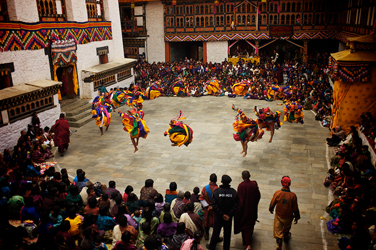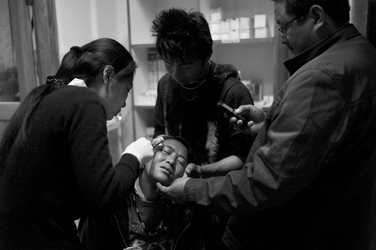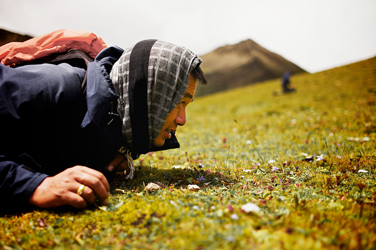Fieldwork in Bhutan


 The Government of Bhutan is attempting to emerge as a ‘modern nation state’, and since the 1960s it has progressively developed the Ministry of Health to provide a range of institutionalised health services to the Bhutanese population. In accordance with the government’s efforts to merge ‘modernising development’ with ‘cultural preservation’, an integrative healthcare solution offers two diagnostic and treatment paths: ‘biomedical hospitals,’ offering biomedicine, and the ‘National Traditional Medicine Hospital’ that offers Sowa-Rigpa, a practice based on the medical texts commonly attributed to the Buddha.
The Government of Bhutan is attempting to emerge as a ‘modern nation state’, and since the 1960s it has progressively developed the Ministry of Health to provide a range of institutionalised health services to the Bhutanese population. In accordance with the government’s efforts to merge ‘modernising development’ with ‘cultural preservation’, an integrative healthcare solution offers two diagnostic and treatment paths: ‘biomedical hospitals,’ offering biomedicine, and the ‘National Traditional Medicine Hospital’ that offers Sowa-Rigpa, a practice based on the medical texts commonly attributed to the Buddha.
In addition to these institutionalised forms of medicine offered nationwide, patients may also seek out alternative options, including but not limited to ritual healers, shamans, bone-setters, and family care. This blend of state and alternative healthcare providers results in complex processes of healing, whereby patients are usually using a combination of treatments to assemble an effective response to suffering.
I spent one year living in Thimphu, Mongar and other locations conducting ethnographic research with patients, practitioners and their families. My research explores patient health seeking narratives, examining how, when where and why patients are using the available assortment of practices, and what effects this medical pluralism may have on their experiences of sickness and amelioration.
